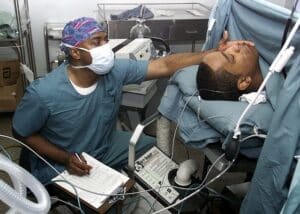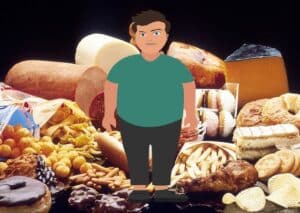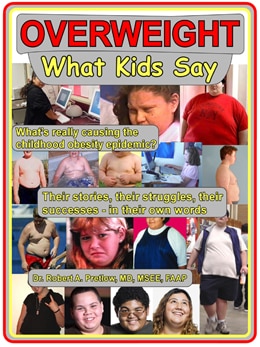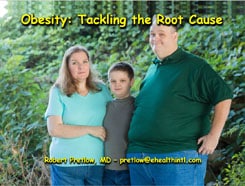The Devil Is in the Details

The most recent installment of this series focusing on the cost of obesity mentioned smart beds that can track patients’ vital signs, weight, and other factors.
It also mentioned a complex issue with which hospitals never cease to struggle: guaranteeing the correct amount of any medication to precisely fulfill the requirements of the patient’s body and condition. This obviously is of crucial importance not only to the clinically obese patient but to each and every patient. Meticulousness in this area is necessary for everyone from the pre-born infant to the geriatric patient who (where legal) opts for an assisted demise.
In the domain of medication, so much can go wrong. It must be the right medication, untainted, and within its use-by date. For numerous reasons, including public safety and legal liability, all the documentation has to be correct, and strictly accounted for. Substances need to be shipped and stored correctly. All communication regarding administration must be clear, accurate, timely, and easily accessible.
And of course, as already emphasized, the necessary factors include…
[…] a current, accurate weight instead of relying on a historical, stated, or estimated weight; and obtaining, documenting, and communicating patient weights in metric units only (i.e., grams or kilograms). Key patient information used to guide appropriate medication therapy includes age, weight, height, allergies, diagnoses, laboratory values, and vital signs…
The very explicit Pennsylvania Patient Safety Advisory is a good example of the thorough inclusion of multiple factors involved in risk reduction, like equipment cost, and its upkeep and repair cost, and the expense of training people to use it correctly. It comes as no surprise to see accurate weighing equipment at the top of the list, as always. As we have mentioned, such hardware includes “floor scales, stretchers and beds with built-in scales, and standing, chair, and wheelchair scales.”
The personnel who employ these devices are expected to be familiar with the manufacturers’ recommendations for keeping them accurately calibrated, lubricated, titrated, or whatever. And despite the USA’s stubborn refusal to join the world in using the metric system for general purposes, it must be employed in the realm of weights and measures having to do with humans and medications.
One important factor discussed by this document is that of organizational expectations. Specifically, the best practice is to specify and assume that…
[…] obtaining the patient’s actual weight is part of the mandatory nursing assessment and reweighing of the patient occurs as warranted, based on patient’s clinical condition. Consider requiring reassessment of a patient’s weight when initiating or changing the dose of weight-based medications, clinical situations in which weight fluctuations are expected, or situations in which a weight variation may impact the course of care.
In other words, stay on top of this factor. Even in situations where it may not seem very important, documentation creates reality. As more attention is paid to the phenomenon of weight fluctuation in patients, more factual information will accumulate and reveal its significance, for the good of future patients.
It is also recommended to pay meticulous attention to this factor, other than in the midst of an emergency, of course. And for goodness’ sake, be sure all pertinent weight stats are recorded clearly, and in a quickly findable location, in the patient records. The document contains even more suggestions about the administration and implementation of weight-related policies, and about sketching out contingency plans in advance.
Weight is one of the easiest variables to keep track of in a clinical setting, especially with the newest specially developed or adapted equipment. The weight factor’s ubiquity and banality place it in danger of being overlooked and undervalued, but excellent arguments can be made for paying meticulous attention to this issue.
Your responses and feedback are welcome!
Source: “Update on Medication Errors Associated with Incorrect Patient Weights,” PA.gov, June 2016
Image by geralt/Pixabay










 FAQs and Media Requests:
FAQs and Media Requests: 











